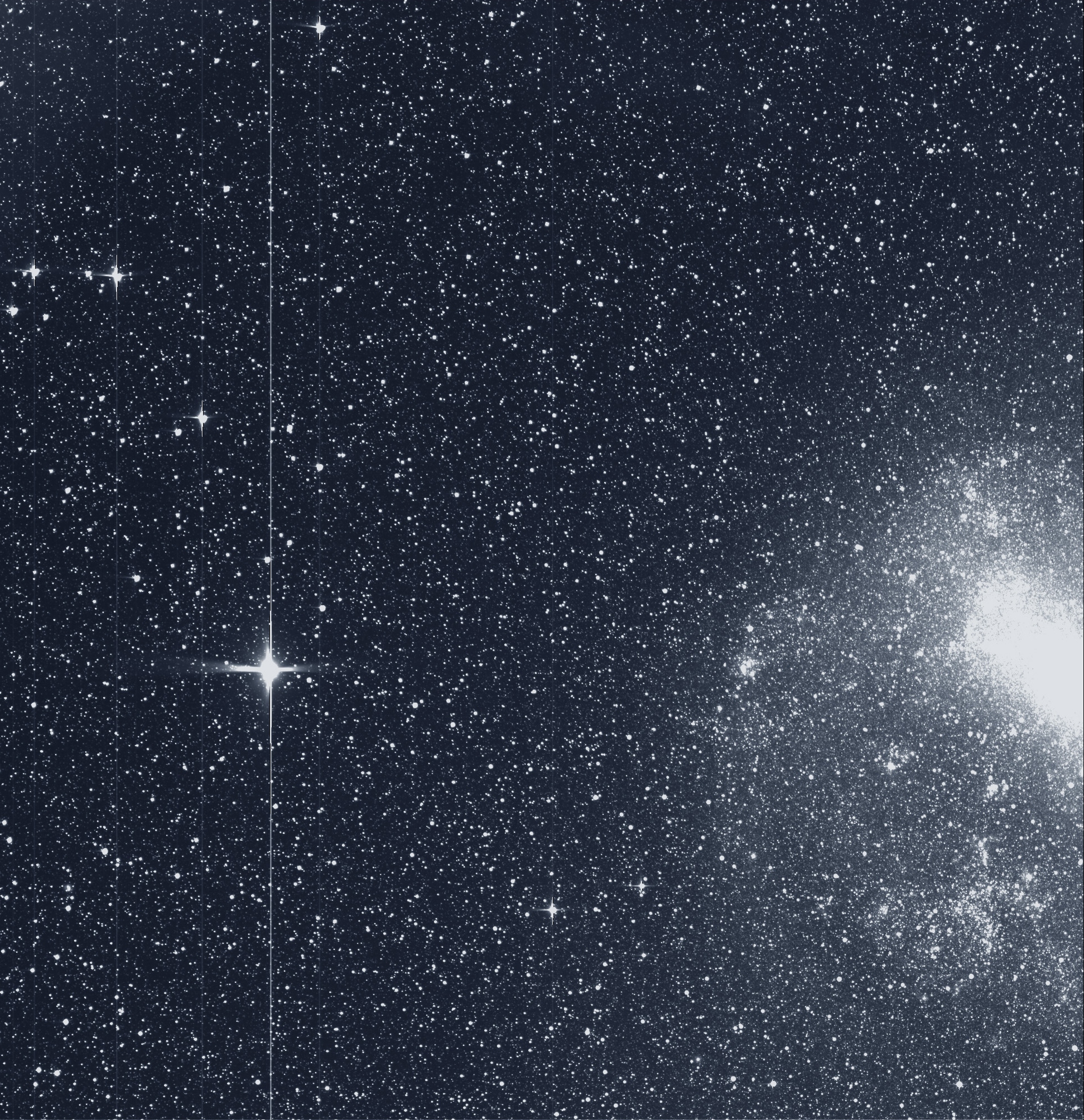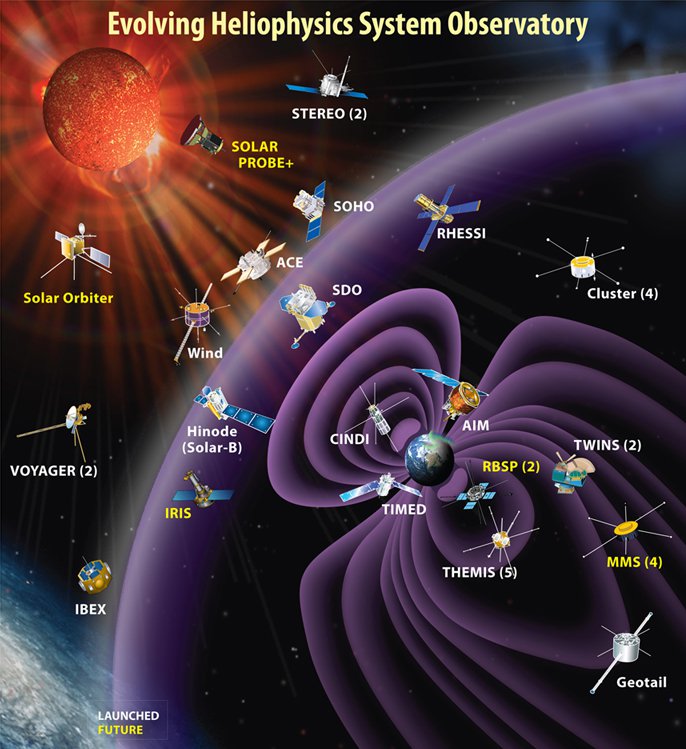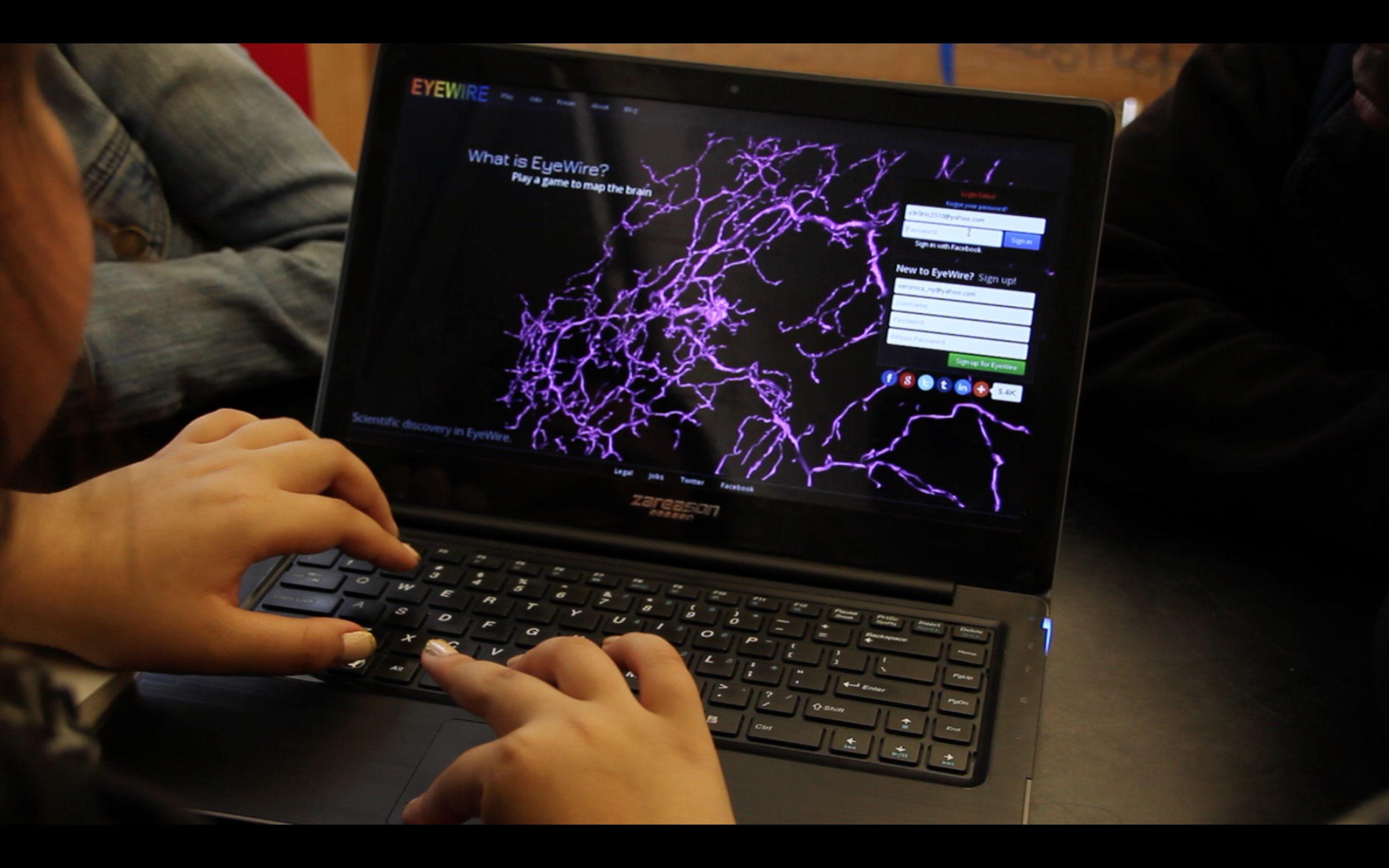|
Nexus For Exoplanet System Science
The Nexus for Exoplanet System Science (NExSS) initiative is a National Aeronautics and Space Administration (NASA) virtual institute designed to foster interdisciplinary collaboration in the search for life on exoplanets. Led by the Ames Research Center, the NASA Exoplanet Science Institute, and the Goddard Institute for Space Studies, NExSS will help organize the search for life on exoplanets from participating research teams and acquire new knowledge about exoplanets and extrasolar planetary systems.Loff, Sarah (April 21, 2015).NASA’s NExSS Coalition to Lead Search for Life on Distant Worlds" NASA. Retrieved April 22, 2015.Gronstal, Aaron L. (April 2015). "NASA's Exoplanet Nexus �Part 1: A History in Climate Studies . NASA. GISS. Retrieved April 25, 2015. [...More Info...] [...Related Items...] OR: [Wikipedia] [Google] [Baidu] |
NASA Ames Research Center
The Ames Research Center (ARC), also known as NASA Ames, is a major NASA research center at Moffett Federal Airfield in California's Silicon Valley. It was founded in 1939 as the second National Advisory Committee for Aeronautics (NACA) laboratory. That agency was dissolved and its assets and personnel transferred to the newly created National Aeronautics and Space Administration (NASA) on October 1, 1958. NASA Ames is named in honor of Joseph Sweetman Ames, a physicist and one of the founding members of NACA. At last estimate NASA Ames had over US$3 billion in capital equipment, 2,300 research personnel and a US$860 million annual budget. Ames was founded to conduct wind-tunnel research on the aerodynamics of propeller-driven aircraft; however, its role has expanded to encompass spaceflight and information technology. Ames plays a role in many NASA missions. It provides leadership in astrobiology; small satellites; robotic lunar exploration; the search for habitable planets; ... [...More Info...] [...Related Items...] OR: [Wikipedia] [Google] [Baidu] |
NASA Astrobiology Institute
The NASA Astrobiology Institute (NAI) was established in 1998 by the National Aeronautics and Space Administration (NASA) "to develop the field of astrobiology and provide a scientific framework for flight missions." In December 2019 the institute's activities were suspended. The NAI is a virtual, distributed organization that integrates astrobiology research and training programs in concert with the national and international science communities. History Although NASA had explored the idea of forming an astrobiology institute in the past, when the Viking biological experiments returned negative results for life on Mars, the public lost interest and federal funds for exobiology dried up. In 1996, the announcement of possible traces of ancient life in the Allan Hills 84001 meteorite from Mars led to new interest in the subject. At the same time, NASA developed the Origins Program, broadening its reach from exobiology to ''astrobiology'', the study of the origin, evolution, ... [...More Info...] [...Related Items...] OR: [Wikipedia] [Google] [Baidu] |
Principal Investigator
In many countries, the term principal investigator (PI) refers to the holder of an independent grant and the lead researcher for the grant project, usually in the sciences, such as a laboratory study or a clinical trial. The phrase is also often used as a synonym for "head of the laboratory" or "research group leader". While the expression is common in the sciences, it is used widely for the person or persons who make final decisions and supervise funding and expenditures on a given research project. A co-investigator (Co-I) assists the principal investigator in the management and leadership of the research project. There may be a number of co-investigators supporting a PI. Federal funding In the context of United States federal funding from agencies such as the National Institutes of Health (NIH) or the National Science Foundation (NSF), the PI is the person who takes direct responsibility for completion of a funded project, directing the research and reporting directly to the fu ... [...More Info...] [...Related Items...] OR: [Wikipedia] [Google] [Baidu] |
Nancy Grace Roman Space Telescope
The Nancy Grace Roman Space Telescope (shortened as Roman or the Roman Space Telescope, and formerly the Wide-Field Infrared Survey Telescope or WFIRST) is a NASA infrared space telescope currently in development and scheduled to launch by May 2027. Roman was recommended in 2010 by the United States National Research Council Decadal Survey committee as the top priority for the next decade of astronomy. On 17 February 2016, WFIRST was approved for development and launch. The Roman Space Telescope is based on an existing wide field of view primary mirror and will carry two scientific instruments. The Wide-Field Instrument (WFI) is a 300.8-megapixel multi-band visible and near-infrared camera, providing a sharpness of images comparable to that achieved by the Hubble Space Telescope over a 0.28 square degree field of view, 100 times larger than imaging cameras on the Hubble. The Coronagraphic Instrument (CGI) is a high-contrast, small field of view camera and spectrometer ... [...More Info...] [...Related Items...] OR: [Wikipedia] [Google] [Baidu] |
James Webb Space Telescope
The James Webb Space Telescope (JWST) is a space telescope which conducts infrared astronomy. As the largest optical telescope in space, its high resolution and sensitivity allow it to view objects too old, distant, or faint for the Hubble Space Telescope. This will enable investigations across many fields of astronomy and cosmology, such as observation of the first stars, the formation of the first galaxies, and detailed atmospheric characterization of potentially habitable exoplanets. The U.S. National Aeronautics and Space Administration (NASA) led JWST's design and development and partnered with two main agencies: the European Space Agency (ESA) and the Canadian Space Agency (CSA). The NASA Goddard Space Flight Center (GSFC) in Maryland managed telescope development, the Space Telescope Science Institute in Baltimore on the Homewood Campus of Johns Hopkins University operates JWST, and the prime contractor was Northrop Grumman. The telescope is named after James E. W ... [...More Info...] [...Related Items...] OR: [Wikipedia] [Google] [Baidu] |
Transiting Exoplanet Survey Satellite
Transiting Exoplanet Survey Satellite (TESS, Explorer 95 or MIDEX-7) is a space telescope for NASA's Explorer program, designed to search for exoplanets using the transit method in an area 400 times larger than that covered by the ''Kepler'' mission. It was launched on 18 April 2018, atop a Falcon 9 launch vehicle and was placed into a highly elliptical 13.70-day orbit around the Earth. The first light image from TESS was taken on 7 August 2018, and released publicly on 17 September 2018. Over the course of the two-year primary mission, TESS was expected to ultimately detect about 1,250 transiting exoplanets orbiting the targeted stars, and an additional 13,000 transiting planets orbiting additional stars in the fields that TESS would observe. As of 5 November 2022, TESS had identified 5,969 candidate exoplanets, of which only 268 had been confirmed and 1720 had been dismissed as false positives. After the end of the primary mission around 4 July 2020, data from the prima ... [...More Info...] [...Related Items...] OR: [Wikipedia] [Google] [Baidu] |
Astrophysics
Astrophysics is a science that employs the methods and principles of physics and chemistry in the study of astronomical objects and phenomena. As one of the founders of the discipline said, Astrophysics "seeks to ascertain the nature of the heavenly bodies, rather than their positions or motions in space–''what'' they are, rather than ''where'' they are." Among the subjects studied are the Sun, other stars, galaxies, extrasolar planets, the interstellar medium and the cosmic microwave background. Emissions from these objects are examined across all parts of the electromagnetic spectrum, and the properties examined include luminosity, density, temperature, and chemical composition. Because astrophysics is a very broad subject, ''astrophysicists'' apply concepts and methods from many disciplines of physics, including classical mechanics, electromagnetism, statistical mechanics, thermodynamics, quantum mechanics, relativity, nuclear and particle physics, and atomic and ... [...More Info...] [...Related Items...] OR: [Wikipedia] [Google] [Baidu] |
Heliophysics
Heliophysics (from the prefix " helio", from Attic Greek ''hḗlios'', meaning Sun, and the noun "physics": the science of matter and energy and their interactions) is the physics of the Sun and its connection with the Solar System. NASA defines heliophysics as "(1) the comprehensive new term for the science of the Sun - Solar System Connection, (2) the exploration, discovery, and understanding of Earth's space environment, and (3) the system science that unites all of the linked phenomena in the region of the cosmos influenced by a star like our Sun." Heliophysics concentrates on the Sun's effects on Earth and other bodies within the Solar System, as well as the changing conditions in space. It is primarily concerned with the magnetosphere, ionosphere, thermosphere, mesosphere, and upper atmosphere of the Earth and other planets. Heliophysics combines the science of the Sun, corona, heliosphere and geospace, and encompasses a wide variety of astronomical phenomena, including ... [...More Info...] [...Related Items...] OR: [Wikipedia] [Google] [Baidu] |
Planetary Science
Planetary science (or more rarely, planetology) is the scientific study of planets (including Earth), celestial bodies (such as moons, asteroids, comets) and planetary systems (in particular those of the Solar System) and the processes of their formation. It studies objects ranging in size from micrometeoroids to gas giants, aiming to determine their composition, dynamics, formation, interrelations and history. It is a strongly interdisciplinary field, which originally grew from astronomy and Earth science, and now incorporates many disciplines, including planetary geology, cosmochemistry, atmospheric science, physics, oceanography, hydrology, theoretical planetary science, glaciology, and exoplanetology. Allied disciplines include space physics, when concerned with the effects of the Sun on the bodies of the Solar System, and astrobiology. There are interrelated observational and theoretical branches of planetary science. Observational research can involve combinations ... [...More Info...] [...Related Items...] OR: [Wikipedia] [Google] [Baidu] |
Earth Science
Earth science or geoscience includes all fields of natural science related to the planet Earth. This is a branch of science dealing with the physical, chemical, and biological complex constitutions and synergistic linkages of Earth's four spheres, namely biosphere, hydrosphere, atmosphere, and geosphere. Earth science can be considered to be a branch of planetary science, but with a much older history. Earth science encompasses four main branches of study, the lithosphere, the hydrosphere, the atmosphere, and the biosphere, each of which is further broken down into more specialized fields. There are both reductionist and holistic approaches to Earth sciences. It is also the study of Earth and its neighbors in space. Some Earth scientists use their knowledge of the planet to locate and develop energy and mineral resources. Others study the impact of human activity on Earth's environment, and design methods to protect the planet. Some use their knowledge about Earth proces ... [...More Info...] [...Related Items...] OR: [Wikipedia] [Google] [Baidu] |
Science Mission Directorate
The Science Mission Directorate (SMD) of the National Aeronautics and Space Administration (NASA) engages the United States’ science community, sponsors scientific research, and develops and deploys satellites and probes in collaboration with NASA's partners around the world to answer fundamental questions requiring the view from and into space. The Science Mission Directorate also sponsors research that both enables, and is enabled by, NASA's exploration activities. The SMD portfolio is contributing to NASA's achievement of the Vision for Space Exploration by striving to: * Understand the history of Mars and the formation of the solar system. By understanding the formation of diverse terrestrial planets (with atmospheres) in the solar system, researchers learn more about Earth's future and the most promising opportunities for habitation beyond our planet. For example, differences in the impacts of collisional processes on Earth, the Moon, and Mars can provide clues about diff ... [...More Info...] [...Related Items...] OR: [Wikipedia] [Google] [Baidu] |
Citizen Science
Citizen science (CS) (similar to community science, crowd science, crowd-sourced science, civic science, participatory monitoring, or volunteer monitoring) is scientific research conducted with participation from the public (who are sometimes referred to as amateur/nonprofessional scientists). There are variations in the exact definition of citizen science, with different individuals and organizations having their own specific interpretations of what citizen science encompasses. Citizen science is used in a wide range of areas of study, with most citizen science research publications being in the fields of biology and conservation. There are different applications and functions of citizen science in research projects. Citizen science can be used as a methodology where public volunteers help in collecting and classifying data, improving the scientific community's capacity. Citizen science can also involve more direct involvement from the public, with communities initiating pro ... [...More Info...] [...Related Items...] OR: [Wikipedia] [Google] [Baidu] |






